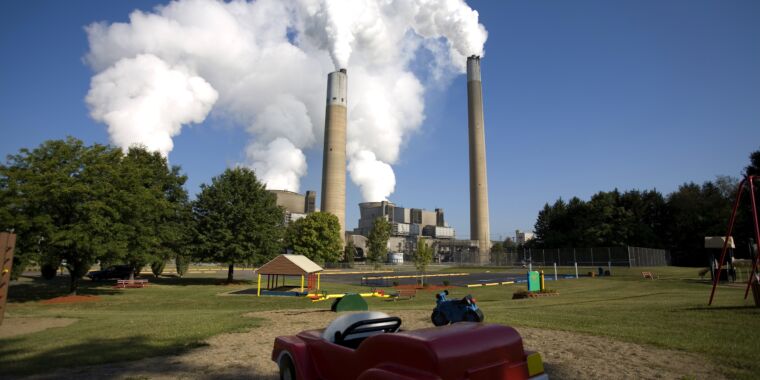Booming demand for artificial intelligence is encouraging big tech companies and their suppliers to explore converting old power stations and industrial sites into data centers.
Microsoft, Google, and Amazon are pouring billions of dollars into building data centers to power cloud computing and AI services, but it has become increasingly challenging to find suitable locations with sufficient power for the energy-hungry facilities.
Many data center markets are “heavily constrained when it comes to land availability and power,” which in turn fueled interest in smaller markets and “more complicated sites” such as old power stations, said Adam Cookson, head of land transactions for real estate firm Cushman & Wakefield’s Emea data center advisory group.
There are “increasing opportunities” for the owners of such assets, he added.
Daniel Thorpe, data center research lead at real estate group JLL, said the developers of large data center campuses were looking at locations including “infrastructure sites or power stations.”
“Usually, it’s a large ‘hyperscale’ facility that would be looking at a power station,” he added, referring to the largest cloud computing providers such as Microsoft, Amazon, and Google.
Coal power stations are being decommissioned in parts of the US and Europe, but may have attributes that a data center campus would need. Industrial sites will typically have been designed for high power usage, for example, and might come with power transmission infrastructure and be located close to a water source.
Microsoft intends to develop data centers on the sites of the old Eggborough and Skelton Grange power stations, near Leeds in northern England, with construction expected to start on the former in 2027. Amazon, meanwhile, is planning a campus on the site of the old Birchwood power station in the US state of Virginia.
At least one other similar power station deal in Europe is currently being brokered, according to one person familiar with the matter.
The tech industry has warned that electricity availability constraints threaten to hold back AI expansion, while other requirements, such as sufficient fiber connectivity, further shrink the pool of potential spots for a new data center.
That was encouraging an interest in less traditional options, analysts said. The different requirements of AI workloads present an opportunity to locate data centers in less central areas, farther away from major computing hubs, because “latency,” or the time taken to send data and receive a response, is less important for training AI models.
Repurposing sites could also be an option. “We’re seeing an increased run of inbound activity” from the owners of industrial and power assets, such as private equity groups, who were interested in partnering to convert them into data centers, said Rahul Mewawalla, chief executive of Mawson Infrastructure Group.
Virtus Data Centres, in which Macquarie Asset Management holds a minority stake, recently acquired two sites in the German capital of Berlin, part of which was previously a solar farm, as well as an old war-era munitions factory in the UK. It plans to convert the sites into data center campuses by 2026.
Thor Equities Group recently acquired a former manufacturing plant in the US state of Georgia that chair Joe Sitt said was “equipped with transformers, water, sewer, and natural gas infrastructure” and “well-suited for data center development.”
The trend echoes moves by the power-intensive bitcoin mining industry, which has looked to repurpose disused industrial sites including old aluminum smelters.
Some cautioned that such conversions might be a lengthy, costly, and bureaucratic process and may not always be practical if a power plant had been disconnected from the grid and was not being factored in by the local operator.
“It may not be easy for the utility to flip the switch and turn it back on,” said Mark Dyson, managing director of the carbon-free electricity program at the think-tank Rocky Mountain Institute. “Those challenges have come up in our conversations with companies.”
Thorpe from real estate group JLL said: “A lot depends on the specifics of the site, how much it would cost for that adaptive reuse, land scarcity, and land prices.”
Research by the RMI has suggested that renewable power could be located alongside existing fossil fuel generation and routed to the grid via the plant’s existing connections when it is more economical to do so.
Any surplus generation—grid connection facilities have a limit on how much they can add to the system—could in theory be used to power an on-site facility such as a data center.
© 2024 The Financial Times Ltd. All rights reserved. Not to be redistributed, copied, or modified in any way.
